I read in colored jpg images using readJPEG() from the jpeg package. Now I have my images as three-dimensional arrays (width, height, channels) in R.
I want to convert these image arrays into the HSL or HSV color space, mutate the images and save them as JPGs in the RGB format again. However, as the images are quite large (5000 x 8000), it would be too time consuming to loop through every single cell. I found the package OpenImageRto convert the image to the HSV color space quickly, however, I am confused by large negative values in the "saturation" channel. Also, the package contains no functions to convert the image back.
Is there any package to perform fast conversions from RGB to HSL or HSV (and back)? Or is there any other way to perform the converison quickly?
These are my current attempts for converting into one direction, element-wise:
# load packages
library(jpeg)
library(plotwidgets)
# load image
img <- readJPEG(img_path)
img <- img * 255
# new empty image
img_new <- array(NA, dim = dim(img))
# this takes way too long
for (img_row in 1:dim(img)[1]) {
for (img_col in 1:dim(img)[2]) {
img_new[img_row,img_col,] <- round(rgb2hsl(as.matrix(img[img_row,img_col,])))
}
}
# this takes also way too long
for (img_row in 1:dim(img)[1]) {
img_new[img_row,,] <- t(round(rgb2hsl(t(matrix(img[img_row,,], ncol = 3)))))
}
# this takes also ages
rgb_hsl_fun <- function(x) {
as.numeric(rgb2hsl(matrix(x)))
}
img_hsl <- apply(X = img, MARGIN = c(1,2), FUN = rgb_hsl_fun)


